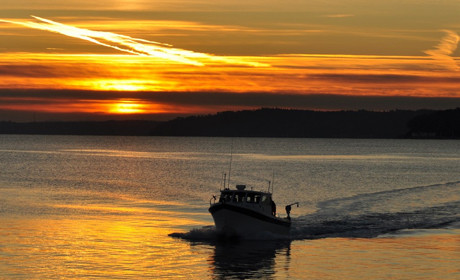
B2B publishers in the US "missed the boat" in leveraging their extensive data and industry expertise online, allowing new online-only players to step in and deliver focused digital products in their sectors, says Frank Anton, vice chairman of US publisher Hanley Wood.
Speaking at the Digital Innovators' Summit in Berlin, Anton outlined the the transition to digital from the outlet, which publishes magazines around 'design and construction'.
But he said his company, along with all other US B2B publishers, had missed a valuable opportunity in their expert understanding of niche areas.
"Hanley Wood knew more about the housing industry than any media company in the US," he said, but highlighted that they did not think to build successful digital platforms such as Houzz and Zillow.
For example, in relation to Houzz, which he described as "housing pornography", Anton said that Hanley Wood "had an enormous photo archive" it could have theoretically harnessed in this way.
He added that the information provided by Zillow, which shares detail on property values, is based on "public information".
"The most valuable resource" of a B2B publisher is their "knowledge of the industry", Anton said.
"If we’d been able to figure out what digital product to create that would satisfy demand no one understood existed, I wouldn’t be here right now," he added, "I'd be somewhere much warmer".
However, the outlet has been taking steps to move toward a digital-first future, and has seen a 22 per cent rise in digital revenue from 2010 to $16.4 million in 2013.
He added that digital revenue equates to around 30 per cent "of total media revenue".
This has been the result of a number of changes at the publisher, starting with a "major investment" in consultancy projects totalling $1.5 million.
The office was also turned into an "open workspace" at a cost of $1 million, which Anton explained allows staff to collaborate and places senior members of staff "out in the open".
Meanwhile a 'Radar desk' serves to "aggregate content across all titles", and those working on that desk also create their own content "to serve all of our magazines".
Other parts of the strategy have included the hiring of "high-price talent" and "major technology investments", including the current introduction of a new content management system.
Despite these innovations, Anton said the transition was not yet complete, stating that if the company "had a five-year plan" it would currently be at stage "two or three of transforming ourselves into a digital-first media company".
Free daily newsletter
If you like our news and feature articles, you can sign up to receive our free daily (Mon-Fri) email newsletter (mobile friendly).
Related articles
- What AI can do for your newsroom: tips from Ring Publishing's latest handbook
- How young leaders can shape the future of the media industry
- Tools, tactics, and success stories of newsroom innovation in 2023
- How news brands can win over young audiences, with Danuta Breguła
- Bundling up: The secret to subscriber success









